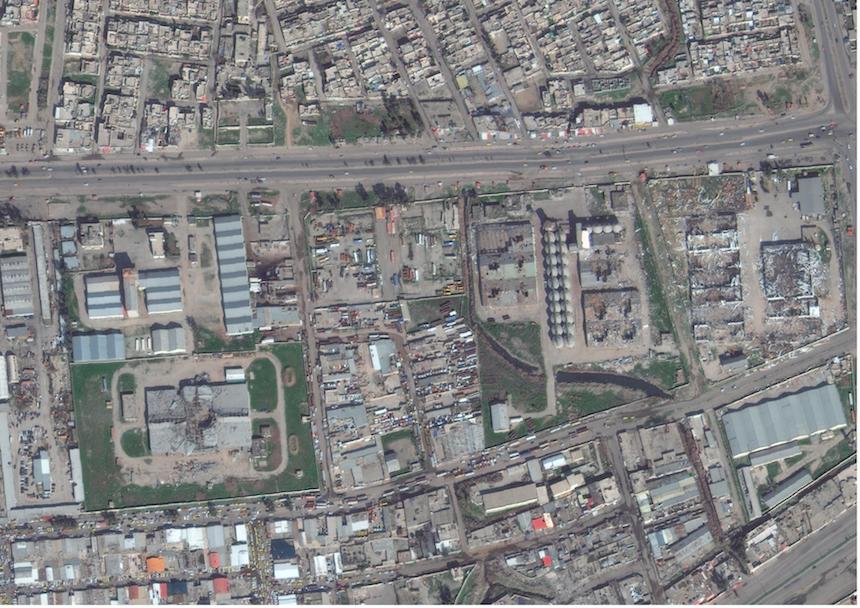
A new RAND Corporation report paints a bleak picture of economic life under the Islamic State. RAND estimates that the Islamic State contributed to a 23 percent reduction in the GDP of cities under its control, based on novel applications of satellite-derived data.
Over the course of its peak territorial control and decline through mid-2016, the economy of the Islamic State showed clear signs of decay across multiple sectors, including in local markets, electricity, and agriculture. However, the group devoted significant resources to governing its capitals in Raqqa and Mosul. RAND estimates suggest that these cities fared better than most early in the conflict.
The report offers a comprehensive assessment of the ability of the Islamic State to govern the territory and population under its control in Iraq and Syria. The report focuses on the effects of Islamic State control on local economies, because the group is reliant upon local taxation for a significant portion of its revenue and has publicly linked the appeal of its so-called caliphate to perceptions of prosperity.
“The Islamic State’s inability to sustain a large-scale prosperous proto-state represents an institutional failure by the group to capitalize on a vast territory, historically weak governments, potentially sympathetic local populations, and a massive financial war chest,” said Eric Robinson, lead author on the report and a research programmer and analyst at RAND, a nonpartisan research organization.
The group had some success supporting the economies of Raqqa and Mosul early in the conflict, which were to be the heart of the caliphate that the Islamic State hoped to construct. Yet it proved unwilling or unable to support economies in less secure or contested parts of its territory.
While the lack of effective governance in these areas was partly to blame, the report finds that the most consistent factor driving economic decline was the Islamic State’s inability to defend its territory from military opposition.
“Our analysis suggests that it is too simplistic to blame stagnant economic conditions solely on the quality of the Islamic State’s governance. The U.S. and coalition military campaign against the group has been integral to their failure to build prosperous local economies and develop a sustainable caliphate,” said Daniel Egel, an author of the report and economist at RAND.
RAND says that the report offers an innovative, data-driven approach to solve the problems of measuring economic activity inside areas controlled by the Islamic State. Where traditional data are unavailable to diagnose conditions on the ground from within Islamic State-held cities, the researchers look down upon these cities from space. Using applications of commercial satellite imagery and remote sensing data, the researchers developed clear, quantitative indicators of economic activity within the Islamic State, providing insights into agricultural production, market activity, commercial vehicle traffic, industrial activity, building stock and labor supply.
Furthermore, by documenting the Islamic State’s economic impact throughout Iraq and Syria, this analysis offers critical insights into the stabilization needs of areas liberated from the group.
The researchers also developed an interactive websitet o help readers visualize economic life as seen from space inside Iraq and Syria.
The research was conducted within the Intelligence Policy Center of the RAND National Security Research Division (NSRD).
— Read more in Eric Robinson et al., When the Islamic State Comes to Town: The Economic Impact of Islamic State Governance in Iraq and Syria (RAND Corporation, September 2017)

